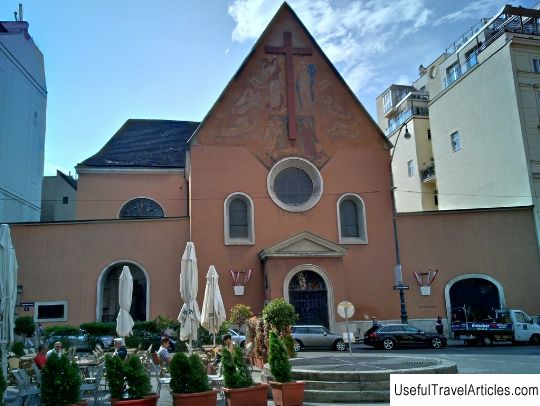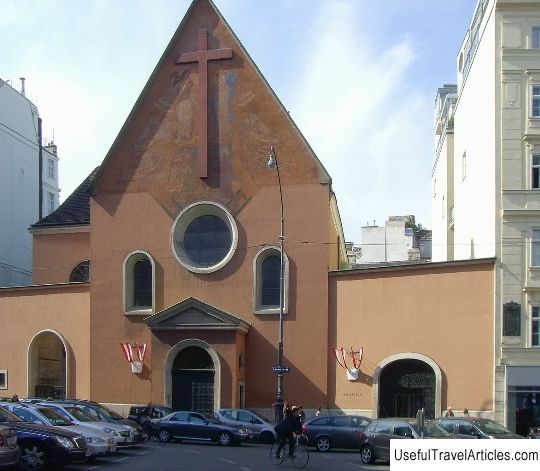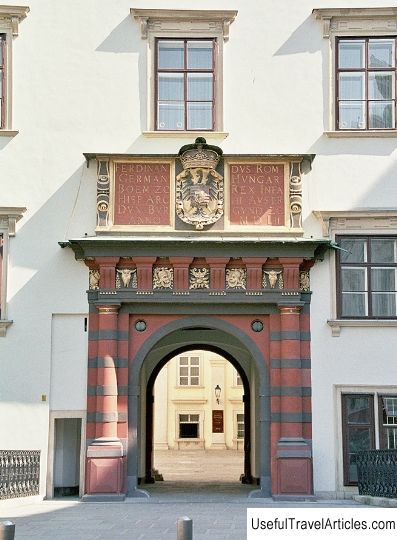Imperial tomb (Kaisergruft) description and photos - Austria: Vienna
Rating: 8,7/10 (789 votes) 
Imperial tomb (Kaisergruft) description and photos - Austria: Vienna. Detailed information about the attraction. Description, photographs and a map showing the nearest significant objects. The name in English is Kaisergruft. Photo and descriptionThe Imperial Crypt is the tomb of the emperors of the Austrian Empire, Austria-Hungary and members of the House of Habsburgs. Located under the Church of the Capuchin Order. The tomb is located on the New Market Square, near the Hofburg imperial palace. Since 1633 it has been the main burial place for members of the Habsburg dynasty. 145 members of the Habsburg family are buried in the crypt, including 12 emperors and 18 empresses. In addition to the Habsburg family, only one woman was buried here, having nothing to do with the surname - the educator of Empress Maria Theresa, Countess Caroline F. Mollard. The oldest person buried in the imperial tomb is Archduke Otto, who died at the age of 98 years and 7 months. Several family members died at birth, and more than a quarter of those buried in the tomb were 5 years old or less when they died. The last burial in the imperial tomb was made on July 16, 2011, when Crown Prince Otto von Habsburg was buried. Free-standing sarcophagi are made of different materials. In the 18th century, the most widely used material for sarcophagi was bronze. After the reform of Emperor Joseph II, aimed at reducing the cost of burial, copper came into use as a more accessible and light material. In the imperial tomb, copper was used throughout most of the 19th century. Later, they began to use a mixture of copper casting and bronze, as well as a mixture of copper and silver. Other metals were rarely used, with the exception of silver and gilding for jewelry. Some of the most beautiful crypts in the tomb are the crypts of Charles VI and Empress Maria Theresa (1758), created in the pompous Rococo style. The tomb of the son of Empress Maria Theresa - Joseph II, on the contrary, is one of the most modest of all.       We also recommend reading Guildford Castle description and photos - Great Britain: Guildford Topic: Imperial tomb (Kaisergruft) description and photos - Austria: Vienna. |




